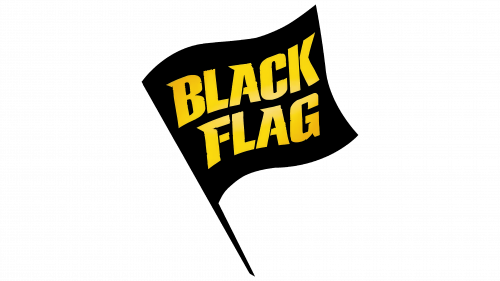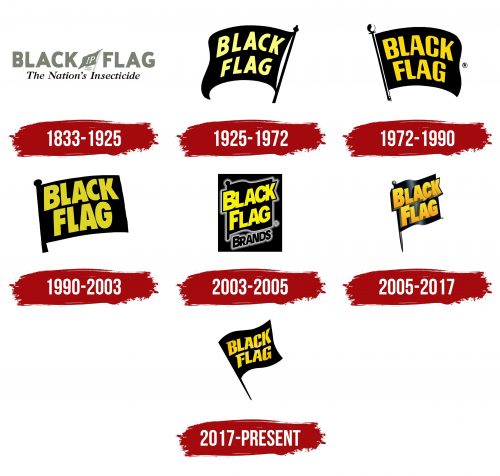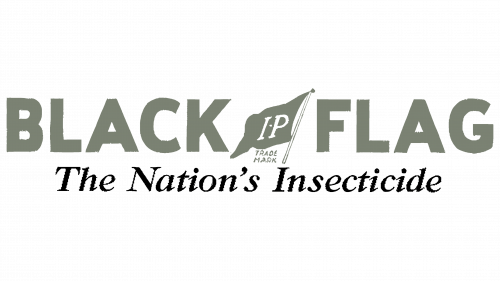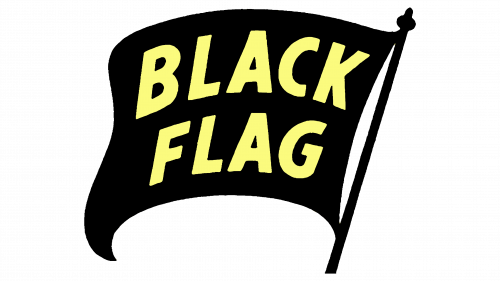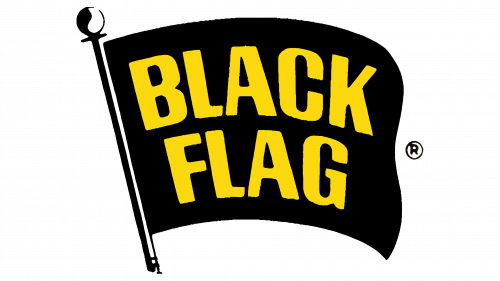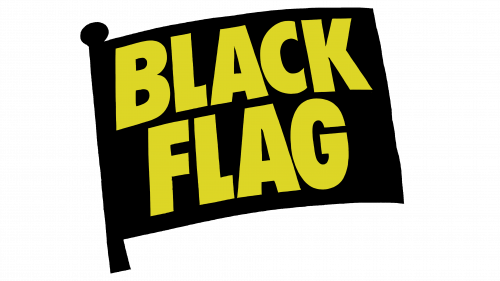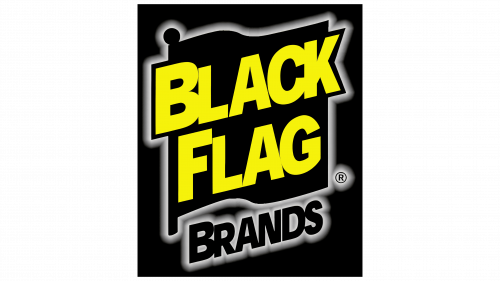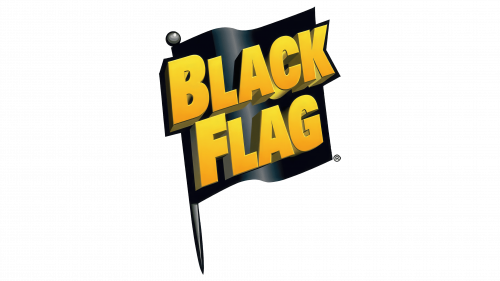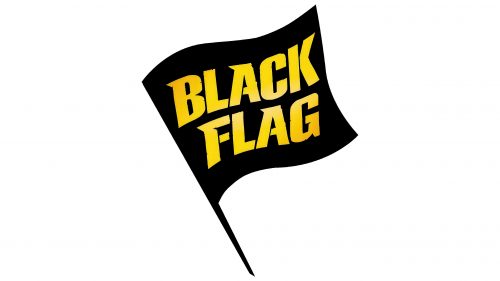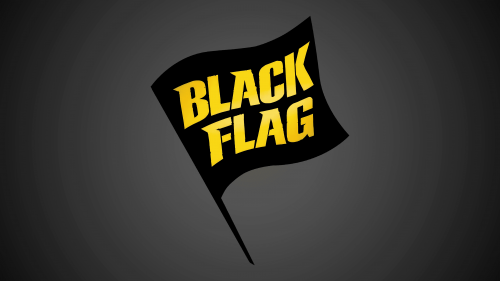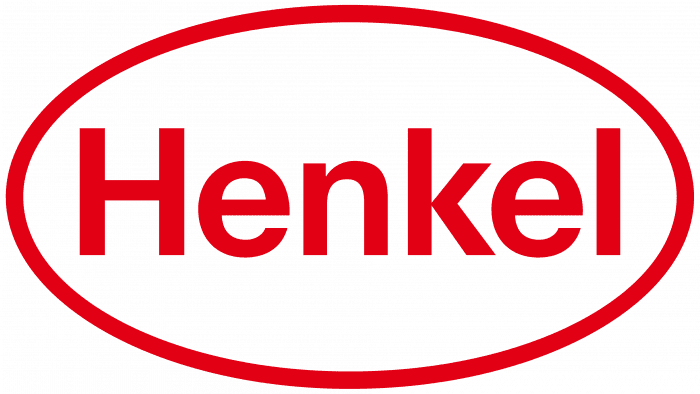The Black Flag logo symbolizes the company’s professional approach to insect control. Its minimalist style highlights the simplicity, effectiveness, and reliability of the insecticides produced by the American manufacturer.
Black Flag: Brand overview
Black Flag’s history began in 1833, when US businessman Green Mowland established a modest pesticide manufacturing company in Baltimore, Maryland. The business, first known as “Mowland’s Insect Powder,” was focused on making powder for pest management.
Early on, Mowland’s business had numerous difficulties. The market for pest control was still in its infancy, and many individuals had doubts regarding the efficacy of these chemicals. Nevertheless, Mowland was persuaded by the invention’s potential and put forth much effort to enhance the recipe and increase output.
By the 1850s, Baltimoreans and those living nearby started to like the company’s goods. Demand for Mowland’s products rose as their powder worked well as a treatment against ants, cockroaches, and other home pests.
The corporation experienced major transformations in 1866. Frederick Mowland, Green Mowland’s son, took over the company. Frederick brought about several advancements in marketing and production. He suggested the corporation use a black flag as its emblem, ultimately changing the name to “Black Flag.”
The brand saw rapid expansion during the 1870s. The company started producing liquid pesticides in addition to powders, broadening its product line. As a result, the manufacturer expanded its customer base and boosted revenue.
When the firm opened its first plant outside of Baltimore in 1880, it marked a significant turning point in its growth. Thanks to its new Chicago location, the corporation increased its footprint in the Midwest of the United States. This action helped the company maintain its expansion by greatly boosting its production capability.
The brand launched a significant advertising campaign in the 1890s. The business started advertising in national newspapers and publications to raise sales and brand awareness. Frequently featured in commercials, the black flag graphic had become a recognizable corporation symbol.
As the 19th and 20th century ended, the company encountered additional difficulties. The corporation had to adjust to changing circumstances due to the introduction of competitors and stiffer rules regarding chemical production. The firm made large R&D investments to produce safer and more efficient goods.
In 1908, the manufacturer made a groundbreaking contribution to the pest control market when it released its first aerosol insecticide. The product’s remarkable efficacy and ease of use led to its popularity.
The company was actively expanding during the 1920s. After establishing additional operations in several US states, the corporation started exporting its goods to Canada and Mexico. Additionally, the brand added rodent control items to its lineup during this period.
The Great Depression of the 1930s significantly affected the enterprise’s operations. Despite cutting back on staff and production, the company thrived because of the consistent market demand for its goods. At this time, the manufacturer concentrated on cutting expenses and increasing productivity.
Following World War II, the firm went through another phase of expansion. The expansion of suburbs and the post-war economic boom raised demand for pest control goods. In the 1950s, the company introduced new gardening and plant protection items, greatly expanding its product line.
For the brand, the 1960s were a time of technological progress. The business made large R&D investments to produce safer and more environmentally friendly products. In 1965, the firm launched its initial product, which utilized synthetic pyrethroids, significantly advancing the creation of safer insecticides.
The corporation encountered further difficulties in the 1970s due to tighter environmental laws. The manufacturer was forced to spend on creating more ecologically friendly formulae and changing the makeup of many of its products. Because of its strong brand and devoted customer base, the company could hold onto its market position despite these challenges.
Major changes to the firm’s ownership structure occurred over the 1980s. Boyle-Midway Corporation purchased the company in 1985, creating fresh growth and commercial expansion prospects. Under the new management, the brand funded R&D to produce cutting-edge pest control solutions.
The company vigorously entered Europe and Asia in the 1990s as it increased its market share abroad. Additionally, the business kept enhancing its offerings’ environmental image by launching several new goods made with natural materials.
As a member of American Home Products Corporation (later renamed Wyeth) in 1991, the brand kept fortifying its position in the home pesticide industry. The business unveiled a new range of insect repellents, which included cockroach baits and enhanced aerosol formulations.
In 1995, the firm introduced novel ant traps that allowed them to reach a wider audience. Instead of eliminating individual ants, these traps’ innovative bait technology efficiently eradicated entire ant colonies, greatly enhancing household ant control.
The company responded to growing worries about diseases carried by mosquitoes in 2000 by launching a line of mosquito control products. Both personal repellents and area treatments were part of this series.
The firm was purchased by Spectrum Brands Holdings, Inc. in 2006. Spectrum Brands’ acquisition aimed to increase its market share in the home and garden industry. The company was able to access more resources for research and development under the new management.
The brand launched a new line of bed insect repellent products in 2010 as a part of Spectrum Brands. The growing issue of bed insect infestations in the US and other nations prompted this endeavor. The products featured long-term protective measures and sprays for direct treatment.
The corporation launched a campaign in 2015 to mark its 180th anniversary, emphasizing the brand’s dependability and lengthy heritage. As part of this campaign, updated product packaging maintained brand familiarity while reflecting a current design approach.
The firm increased its online presence in 2018 by releasing a redesigned website with interactive pest control manuals and online client consultations. This project aimed to improve customer relations and offer more thorough product and pest control method information.
In 2019, the firm added long-lasting repellents to its mosquito control product lineup. These goods were created in response to growing worries about mosquito-spread diseases like West Nile fever and the Zika virus.
The company expanded into the eco-friendly product market in 2020 when it introduced a range of pesticides made with natural ingredients. This move satisfied the increasing demand from consumers for more ecologically friendly pest management solutions.
In 2021, the firm invested more in digital technology by enhancing its mobile app for pest management advice and insect identification. This software employed artificial intelligence technologies to identify pests more accurately.
In 2022, the business debuted a new line of professional-use products targeted at pest control businesses. This range featured specialized application tools and concentrated formulations.
To maintain its dominance in the home insecticide industry, the firm kept funding research and development of novel formulae and technology for insect control.
Meaning and History
What is Black Flag?
Black Flag is an insect and pest control brand offering various solutions to kill insects, such as ants, cockroaches, spiders, and mosquitoes. William B. Ginsburg laid the foundation of the company. Black Flag products help maintain a pest-free environment in homes and other spaces by providing effective pest control and prevention.
1833 – 1925
The historic brand Black Flag once featured a two-tiered logo with numerous inscriptions on its insecticide labels. At the top was its name, rendered in bold, sans-serif type. Despite its simplicity, the classic geometric grotesque font emphasized the company’s firm stance on quality and adherence to the standards of the time. The balanced combination of rounded and angular shapes was intended to draw attention, while the stable capital letters indicated the manufacturer’s reliability.
The inscription on the second line looked quite different. The inspiring slogan “The Nation’s Insecticide” was written in thin italics, somewhat similar to Times New Roman. This enhanced the logo’s dynamism and added a sense of solidity to earn customers’ trust.
Between the words “Black” and “Flag” was an illustration referencing the brand name: a dark flag waving on a light flagpole. The drawing appeared dynamic as if the flag were fluttering in the wind, drawing attention to the white letters “I” and “P.” Below it was the phrase “TRADE MARK,” indicating that the company was the sole owner of its name and logo.
The drawing and inscriptions were in dark colors: black and gray. This combination was used due to limited technological capabilities, as only black-and-white printing was advanced in the early 20th century. Even in this form, the emblem looked attractive, thanks to the successful choice of fonts.
1925 – 1972
Cans and sprayers featuring this logo are now considered antiques: they are collected and displayed in museums as a tribute to the history of insecticides. The vintage Black Flag symbol was used in the mid-20th century on all company products and is remembered for its simple design. It was an excellent replacement for the older emblem, which had too many inscriptions that distracted from the central icon.
The brand name was placed on a large, waving flag in the new version of the logo. The words curved along the banner’s shape to create the illusion of movement. The flag, as expected, was black, perfectly conveying the company’s concept: while a white flag signifies surrender, a black flag declares war on harmful insects that cause discomfort and spread dangerous diseases.
Due to the color contrast, the yellow text stood out well against the black background. The uneven, bouncy font further drew attention to the brand name, enhancing its recognizability. The emblem’s playful, informal style was meant to pique interest in the insecticide manufacturer. At the same time, the bold capital letters conveyed a sense of reliability despite the lack of visual order.
1972 – 1990
Designers mirrored the logo so that the free edge of the banner waved on the right, with the flagpole on the left. This significantly improved its perception, as it made more sense for the text to start from the side where the flag is attached to the pole. The shape of the banner itself remained almost unchanged, except for some softening of the curves and perfect alignment of one side, enhancing the sense of stability.
The emblem’s geometric precision was associated with reliability, confidence, and durability, while the flag’s freely waving edge created an illusion of movement. The visual dynamism continued to draw attention to the brand’s products.
The inscription’s pale yellow color was replaced with orange, making the logo’s colors reminiscent of wasps or Colorado beetles. Whether intentional or not, the company managed to evoke an association with the insects that its insecticides combat. Designers also changed the font, increasing the letter spacing and creating contrast in the stroke thickness. Although the overall geometric style was preserved, the company name became clearer and more noticeable.
1990 – 2003
In 1990, the absurd, shapeless flag transformed into an almost straight rectangle, with its only imperfection being a slight dip at the bottom. Although there were fewer rounded lines, this did not affect the visual dynamism. On the contrary, the new shape gave the emblem energy and emphasized the authority of the insecticide manufacturer.
The right side of the flag was slightly raised to create at least a minimal illusion of movement. The left part completely merged with the flagpole, leaving no gap between them. This monolithic design symbolized unwavering confidence in Black Flag’s products. A small oval at the top added variety to the logo, breaking up the angular shapes.
The flag retained its deep black color, while the inscription became paler due to an unremarkable mustard-yellow shade. However, it was still clearly visible thanks to the bold font, as the designers made the letters more distinct and gave them a rectangular shape. The words were still split into two lines but were now aligned diagonally rather than arched. This arrangement made the company name look powerful and impressive.
2003 – 2005
This logo belonged to Black Flag Brands, which owned and operated the main insecticide trademark. Designers depicted the company name inside a large vertical rectangle, visually dividing the inscription into two parts:
- The yellow phrase “BLACK FLAG.”
- The black word “BRANDS.”
The first part was placed on the flag’s banner, slightly extending beyond its edges. The second part was located at the bottom, separated from the dark background by a glowing silver halo. The same semi-transparent border surrounded the flag image and the registered trademark symbol. The misty texture created a shining effect, resembling a neon sign, which increased the logo’s recognizability and helped promote the company in international markets.
The word “BRANDS” was part of the name and indicated the wide range of products the manufacturer offered under different trademarks. Numerous poisons for wasps, bees, flies, spiders, cockroaches, ants, scorpions, electric fly swatters, and disposable insect traps provided maximum protection both outdoors and indoors.
To break up the gloom of the black rectangle, designers colored the first two words in bright yellow. The vivid shade served as a warning to the pests targeted by the insecticides. The inscription drew even more attention with its unusual, bold font, where the letters varied in size and touched each other. The uneven spacing between the letters imbalanced the emblem, emphasizing the company’s high activity.
2005 – 2017
Two thousand-five designers updated the logo, giving it a more realistic look. The logo still featured a black flag with the brand name written on it, but the style was completely changed. The use of gradients added new textures that created a sense of depth.
- The light stripe down the middle made the flag appear glossy. The shine aligned with the folds, creating the illusion of smooth movement, as if the flag were truly waving in the wind.
- The flagpole had gray sections that emphasized its volume. The rounded finial contrasted with the pointed bottom, creating a visual balance of forms.
- The yellow-orange gradient gave the letters a matte texture. They also appeared three-dimensional due to the broadsides stretching far back.
Thus, the brand name was separated from the flag and ceased to be a simple inscription. It seemed to hover above, transforming into a massive structure. Its visual weight was not only due to the three-dimensional letters but also the bold geometric font, which looked impressive on its own. All this highlighted the modernity and progressiveness of the company Black Flag, which aimed for innovative solutions in insect protection.
2017 – today
The insecticide manufacturer continued to use the black flag logo as a warning and determination symbol. Designers enhanced its dynamism by increasing the flagpole’s angle and stretching the flag’s free corners. Now, it appears like an invisible hand is actively waving the flag to attract attention. The absence of a finial makes it ergonomic and highlights the elegant curves of the lines. Thanks to the new shape, it seems light and airy, even without a gradient.
The simple two-dimensional texture does not spoil the emblem. On the contrary, it fully aligns with the minimalist style, reflecting the company’s seriousness, confidence, and reliability. What does not look minimalist is the lettering, which now features several interesting details:
- The tops of the letters “B,” “A,” and “F” have triangular serifs, creating a sense of threat (symbolizing that Black Flag products effectively destroy insects).
- Some parts of the letters “A,” “F,” and “K” are separated by through gaps, making the font resemble a stencil.
- The lower end of the “L” is cut diagonally to match the angle of the “A.”
The lettering is now lemon-yellow but still has a gradient: the shade in the center is slightly lighter than at the edges. This gives the impression that the brand name is glowing from within, like one of the insect traps. This color scheme perfectly reflects the company’s concept, raising the black flag in defiance of cockroaches, ants, spiders, wasps, and other pests.
